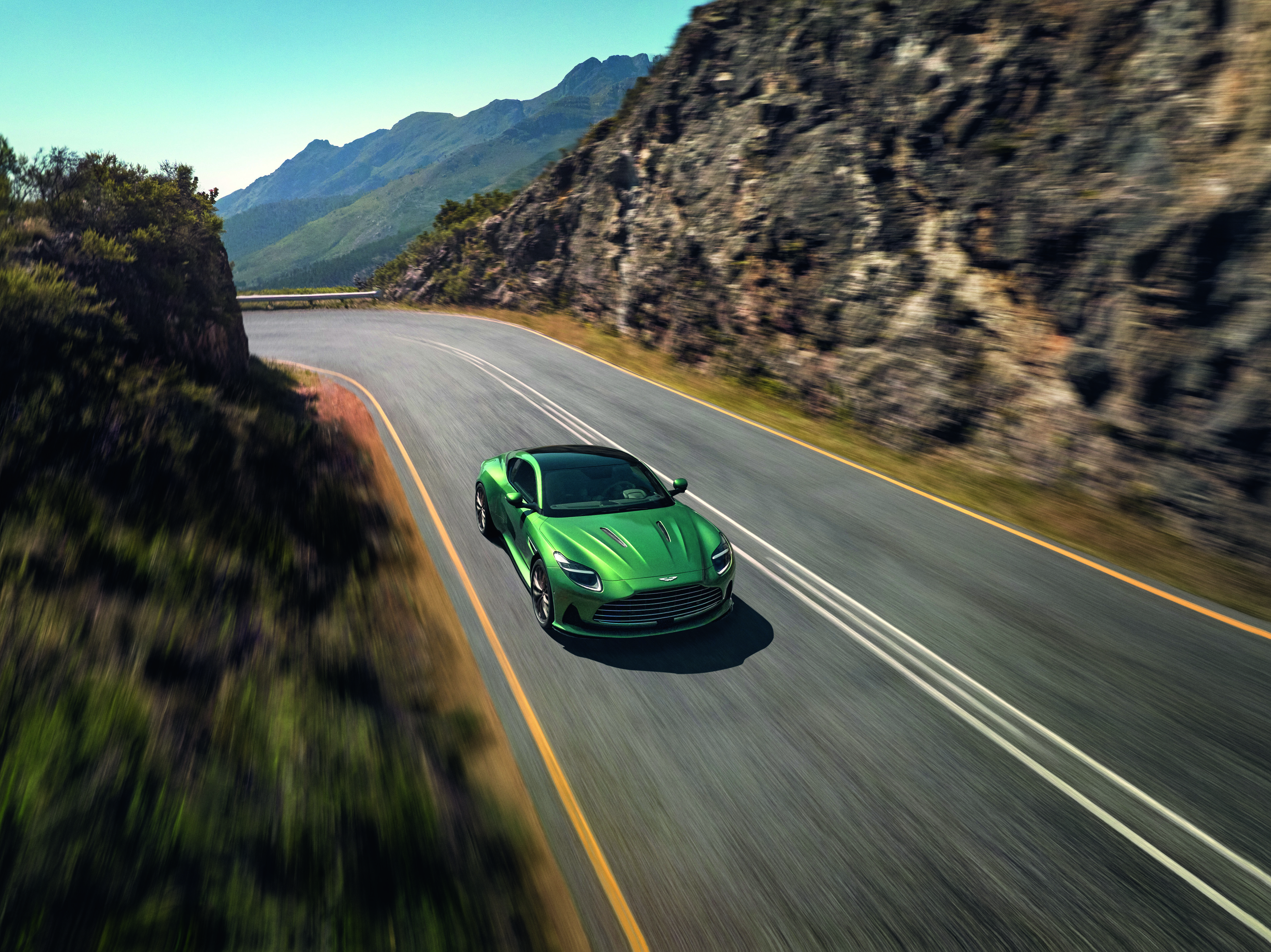The Aston Martin DB12 Is The ‘World’s First Super Tourer’
The first example of the Aston’s latest supercar sold for $1.6 million.

Just as Ferrari insisted that the Purosangue is the first “Ferrari Utility Vehicle” and not an SUV, Aston Martin calls the DB12 the “world’s first Super Tourer,” not a grand tourer like the DB11 it’s replacing.
Whatever the name—and whether an “ST segment” enters automotive vernacular—the DB12’s debut comes at a great time for the brand, which is currently celebrating its 110th anniversary. The words “Aston Martin” are in the news more than ever, as the Aston Martin Aramco Cognizant F1 Team is having its best season since the marque’s official return to the motorsport in 2021.
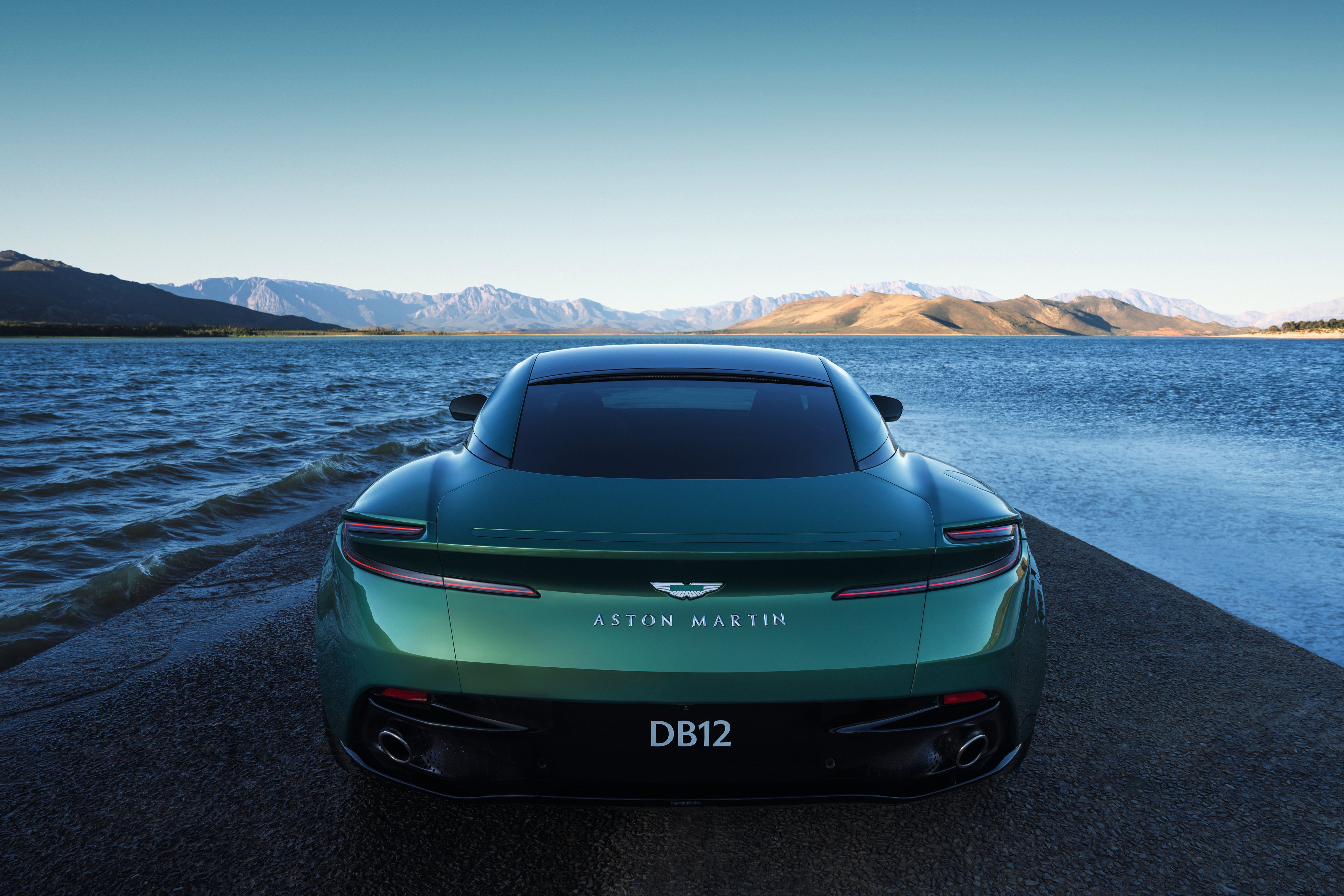
That success is due to a killer F1 car—the AMR23, which inspired this special edition of the DBX707 SUV—plus stellar podium finishes by driver Fernando Alonso, who just secured his best result of the season so far with a second-place finish at a rainy and unpredictable Monaco GP.

The F1 performances and accompanying positive press may have been driving factors in the sale of the very first Aston Martin DB12. At a Cannes Film Festival gala and auction benefitting The Foundation for AIDS Research, a Launch Edition DB12 clad in a stunning “Iridescent Emerald” fetched a whopping $1.6 million, which according to Motor 1, blew away initial estimates.
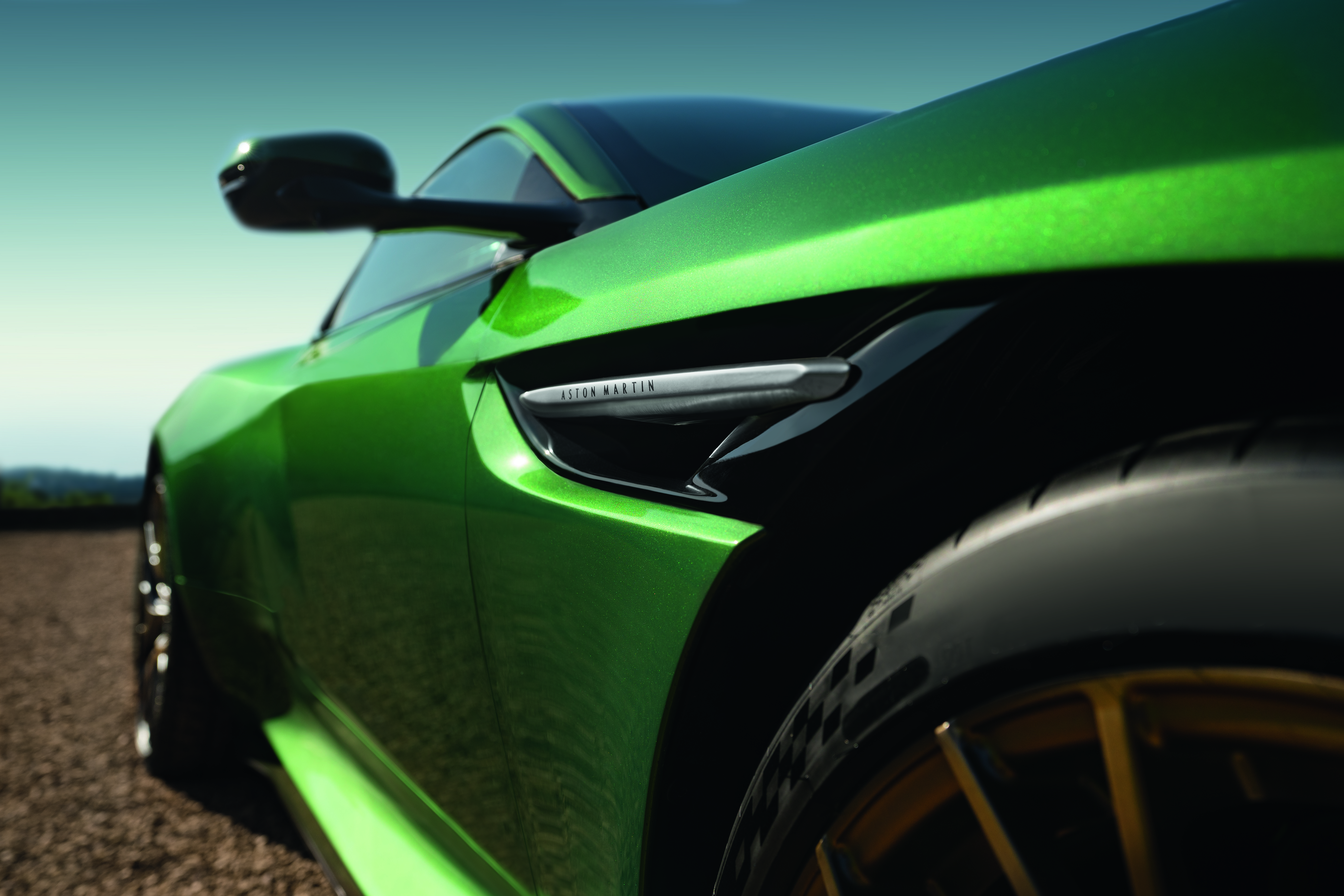
While the DB12’s MSRP has yet to be revealed—it’s assumed that the cost will be somewhere close to the preceding DB11’s $217,000 price tag—there are quite a few details to chew on.
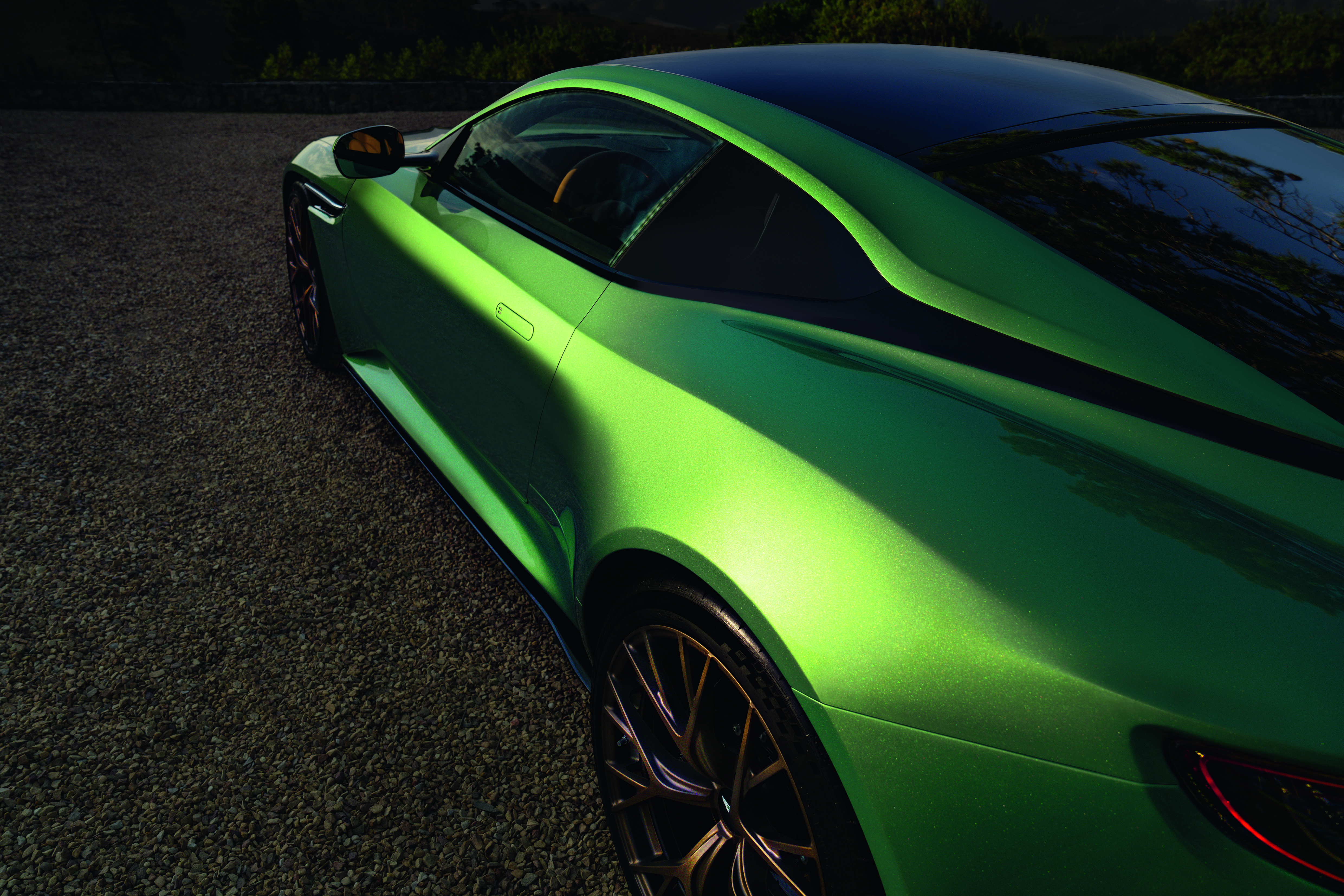
Power comes from a twin-turbo 4.0-liter V8 sourced from Mercedes-AMG but “tuned by Aston engineers” to send a class-leading 671 horsepower (at 6,000 rpm) and 590 pound-feet of torque through an eight-speed automatic transmission and an electronic differential. This marks the first time that a DB-marked Aston has used an e-diff, which is capable of locking in milliseconds, as Autoweek points out.
The engine’s extra oomph comes thanks to bigger turbos, better compression ratios and increased cooling, allowing for a 3.5-second 60-mph time and a 202-mph top speed.
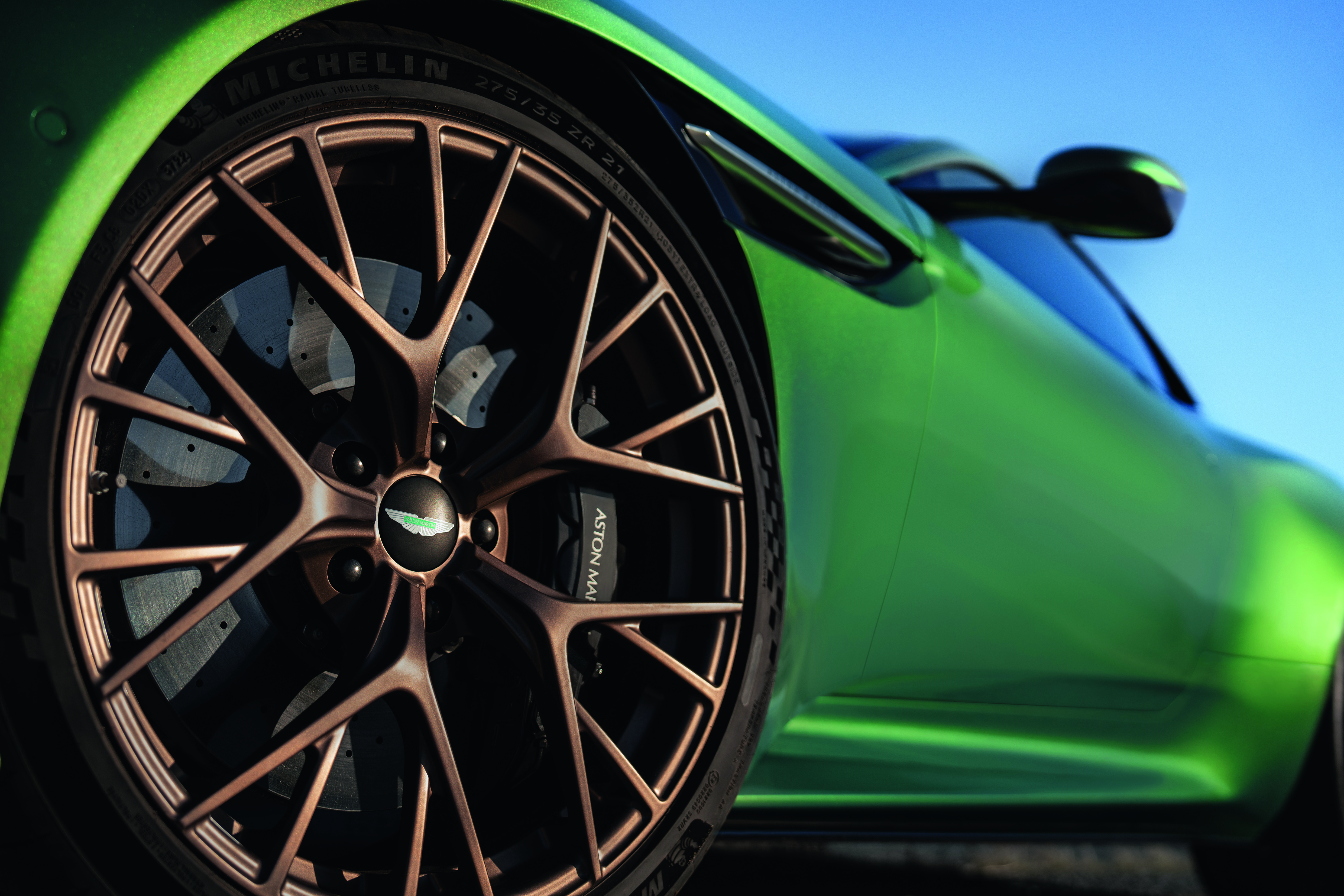
That commendable performance shouldn’t bite the driver. Aston claims to have taken great care in keeping the DB12 as drivable as possible via “underbody components, an engine cross brace, front and rear undertrays, front crossmember, and a new rear bulkhead.” Like the power, the dynamics are said to be “class-leading.”
The DB12 also features the first OEM application of Michelin Pilot Sport 5 S tires, which feature noise-cancelling polyurethane foam inserts to lower noise transferred to the interior by up to 20 percent. The are wrapped either standard five-spoke, optional multi-spoke, or optional Y-spoke wheels available in a plethora of striking finishes from black to bronze and platinum.

The interior is also brand new. Occupants will sit below the car’s shoulder line with a high center console and dash, which feature a mix of reasonably sized touchscreens and physical switches for the operation of gear selection, drive mode selection, and climate controls, as well as override switches for the chassis, electronic stability control, exhaust and other functions.
The DB12 also ushers in a new luxury audio partner—Bowers & Wilkins—which provided a 15-speaker, double-amplified system that was “acoustically engineered for the DB12’s interior volume and shape to deliver a truly spectacular listening experience.”
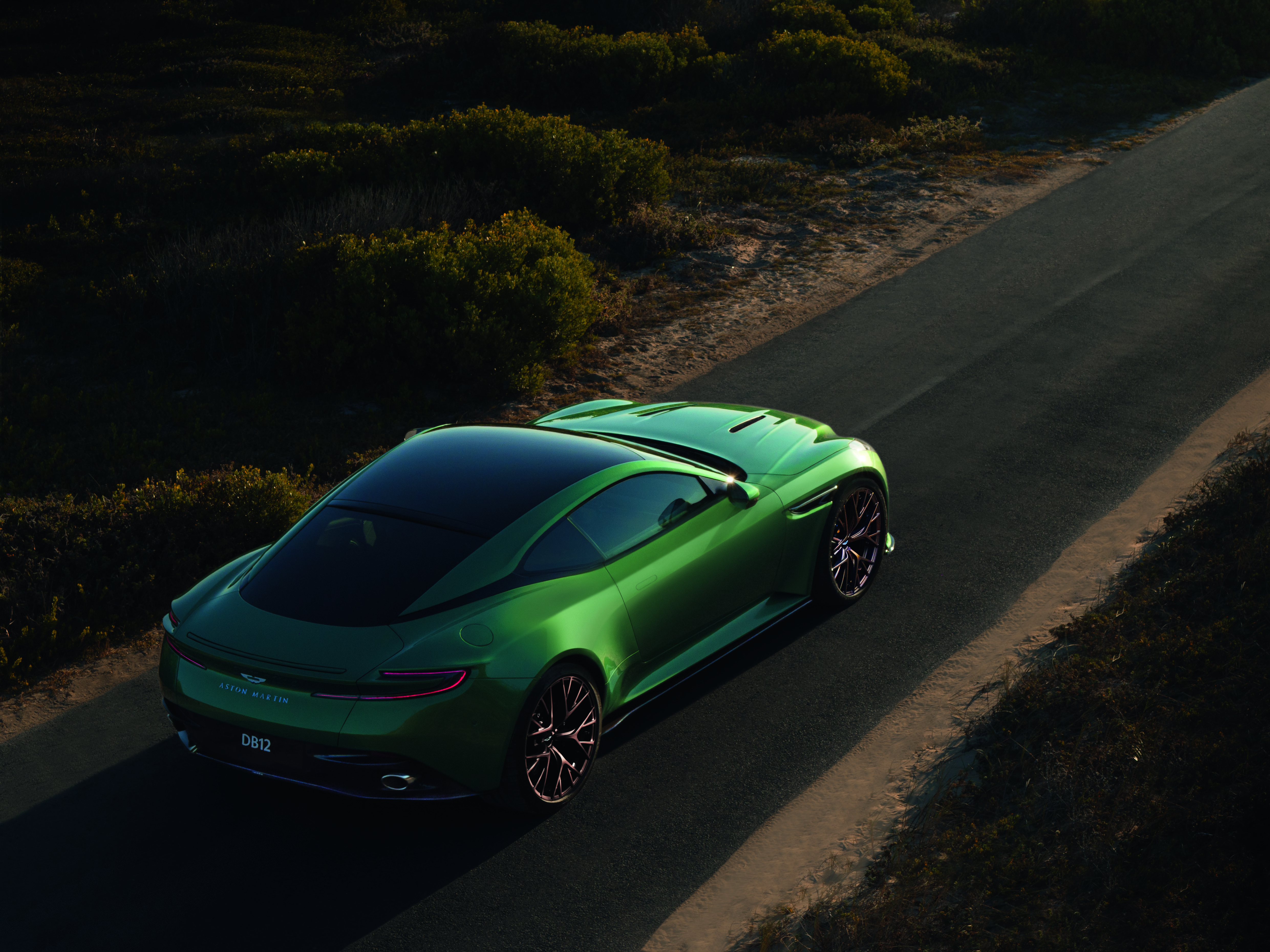
“DB12 is our design definition of a Super Tourer. Historically, the GT code among most contemporary enthusiasts meant some semblance of comfort, speed, and refinement,” Marek Reichman, Executive Vice President and Chief Creative Officer of Aston Martin, said in a statement.
“But since the Aston Martin customer is no ordinary motorist, and we no longer simply design objects in and of themselves, we’ve fused everything together on the DB12—the handling, dynamics, powertrain, sense of space, and styling—and we’ve done it to the max through technology to deliver this new category of performance-design driving experience.”
